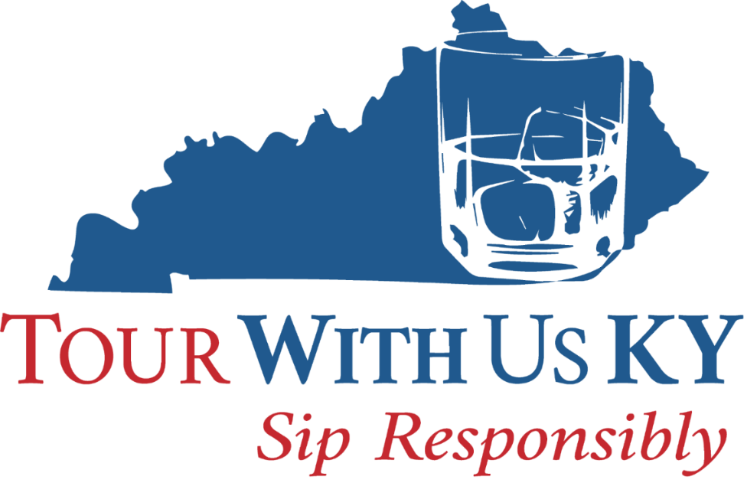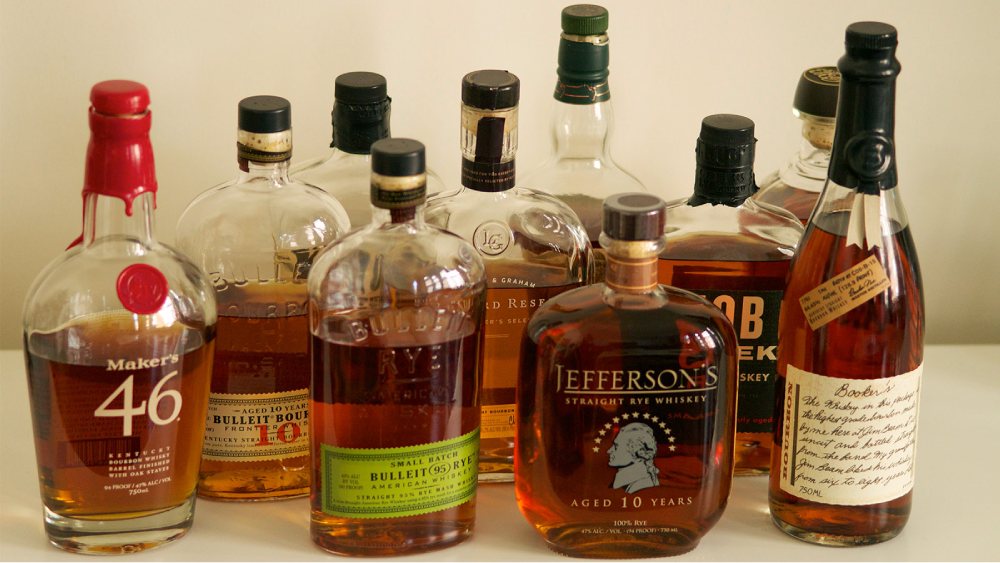The relatively recent boom in whiskeys and bourbons has helped to create a whole new crowd of enthusiasts. The difference in taste between bourbons and whiskeys is apparent in that sweet bourbon finish. But what makes one spirit a “whiskey” (or whisky) and another a “bourbon”? These auburn-colored distillations each have their own unique recipes and features that result in their ultimate categorization.
To be clear, bourbon is a type of whiskey. Others common whiskeys include Irish, Scotch, Whiskey, Tennessee, and Japanese. Like bourbon, each has unique components of its recipe that result in the desired flavor. But for the purpose of this discussion, we will stick to what makes bourbon, bourbon!
- Made in America – For a spirit to be bourbon, it must be produced in America. The hard water (i.e. high mineral content) prevalent in the United States makes it ideal for bourbon’s rich flavor. That’s not to say that every whiskey made in the U.S. is bourbon; rather that all bourbons are made in the U.S..
- Must be corny – All whiskeys are made from a mixture of fermented grains. To be a bourbon, 51% of that grain mixture must be corn, creating bourbon’s sweet flavor. The remaining 49% is flexible and creates the variety you find among the bourbon family.
- Over a barrel – All whiskey must be aged in charred oak barrels. This aging process is part of what gives a whiskey its flavor. The barrel has a great impact on the resulting flavor. Unlike other whiskeys, bourbon barrels are used only one time. Fresh charred wood provides more flavor to the spirit than a barrel that has been reused many times, such as an Irish whiskey barrel (often an old bourbon barrel).
- Need proof? – The standards for the alcohol by volume (ABV) vary between the whiskeys. For example while bourbon can be no more than 125 proof (62% alcohol) when bottled, scotch has no ceiling on its final ABV. Bourbon must also be distilled and no more than 160 proof, barreled at no more than 125 proof, and must be at least 80 proof when bottled.
- Pure heaven – When perusing your local retailer, if you notice the latest trends in cinnamon, caramel, even peanut butter flavored whiskeys, you can be sure none of them are bourbons. Bourbon is required to be free of colorings, flavorings, or additives.
Despite the aforementioned requirements to being labeled a bourbon, there is a great deal of variety within the bourbon market. When you are ready to sample that variety firsthand, let Tour With Us KY create the perfect sample tour of some of the many fine distilleries in the Commonwealth. We are ready to be your guide to all the flavors on the bourbon pallette!


